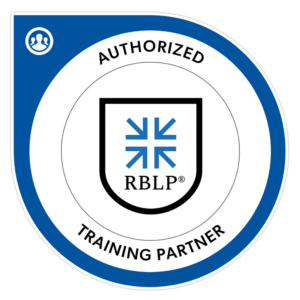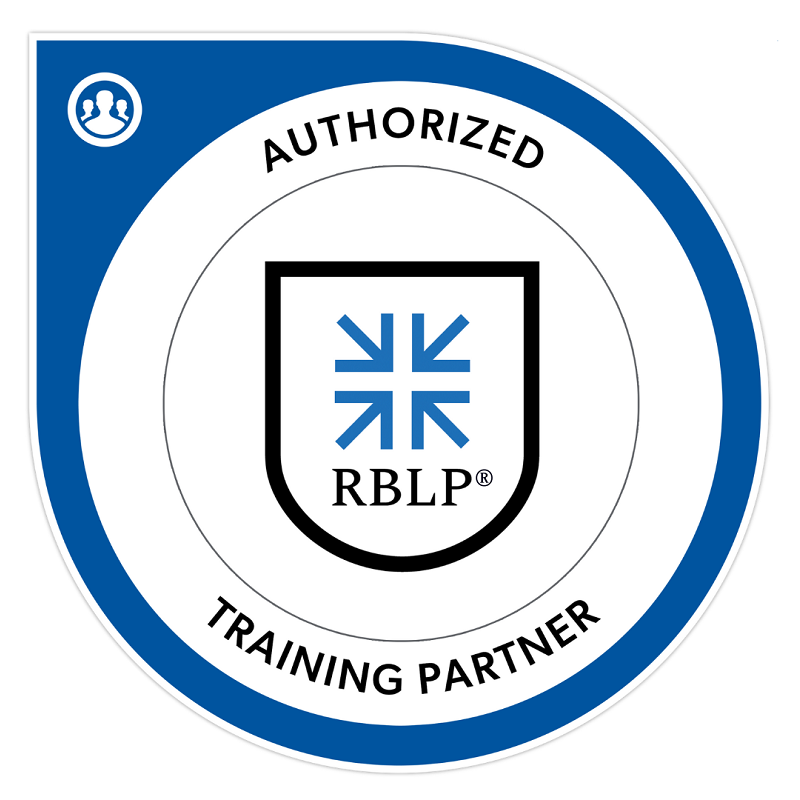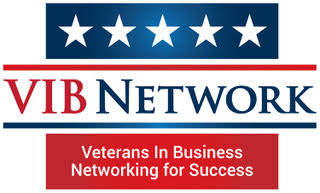
RBLP Leadership Certification

Genuines Coaching & Consulting is an Authorized Training Partner for RBLP Leadership Certifications.
Since 2018, RBLP has issued thousands of leadership certifications to frontline, experienced, and senior managers working in all types of organizations.
RBLP certified leaders know how to build and lead resilient teams. Resilient teams are the backbone of a resilient organization.
Getting the work done can be hard in any organization. Resilient teams thrive in challenging environments because they can overcome adversity, adapt, and grow together.
Leaders build resilient teams by creating a positive climate, developing cohesion, and providing purpose. Building resilient teams makes problem-solving, improvement, innovation, and change possible.
About the RBLP Leadership Certifications
RBLP is the only nationally recognized series of leadership certifications. Their tiered certification program allows frontline, experienced, and senior managers to validate all of the leadership knowledge, skills, and experience they have gained getting the work done in their organizations.
RBLP Leadership Certifications have significant college credit recommendations from the American Council on Education (ACE). Their certifications are listed on the U.S. Department of Labor CareerOneStop site as a workforce development resource for employees and employers.
The U.S. Department of Defense credentialing programs and the GI Bill fund the RBLP leadership certifications for military personnel and veterans.
Check out these Community Insights articles to learn more about the RBLP Leadership Certifications.
The RBLP Leadership Certifications are for frontline, experienced, and senior managers.
Take an Exam Prep Course
Genuines Coaching & Consulting can get you ready for RBLP, RBLP Coach, and RBLP Trainer certification exams. We offer regularly scheduled online courses with convenient schedules for working professionals.
Outside the classroom, you complete reading assignments and answer reflection questions about your leader/follower experience.
Inside the classroom, an instructor-led group discussion of the factual (what), conceptual (why), and procedural (how) knowledge relevant to each leader task ensures that you are well-prepared for your certification exam.
Review the Resilience-Building Leadership competency domains.


Register for an Exam Prep Course
We provide our registered students with passwords to access the course modules.
Use your exam voucher code to schedule your exam with us now.
Military and Veteran Approved
Genuines Coaching & Consulting is approved by the Navy Credentialing Opportunities On-Line (COOL) and Air Force Credentialing Assistance (CA) programs to provide exam prep training for the RBLP, RBLP Coach, and RBLP Trainer certifications exams.
RBLP Leadership Certifications has proudly participated in the U.S. Military COOL and CA programs since 2020.
Visit our Military page to learn more about using these programs to fund your RBLP Leadership Certification.
Get Your Exam Prep Quote!
Ready to ace your exam? Request a personalized quote and let us help you prepare for success.
Completing this program in Building and Leading Resilient Teams satisfies the education/training requirement for all three levels of RBLP® leadership certification exams.
The RBLP® series of certification exams are administered by the Resilience-Building Leader Program only. Completing a program of instruction does not guarantee a passing score on any exam administered by the Resilience-Building Leader Program.
“RBLP”, “Resilience-Building Leadership Professional”, “Learn More. Lead Better.”, and the RBLP shield logo are trademarks of the Resilience-Building Leader Program, Inc.
CONTACT

